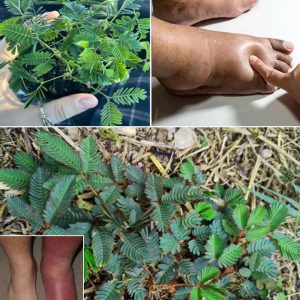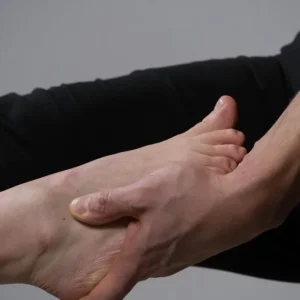The appearance of tiny raised bumps on your legs can be both alarming and uncomfortable. These bumps could signify various underlying conditions, ranging from minor skin irritations to more severe dermatological issues. Understanding what these bumps might be and how to address them is essential for proper skin care and overall health.
It’s important to be aware of your body’s signals. By understanding the possible causes and treatments, you can take appropriate steps to alleviate discomfort and avoid potential complications. So, let’s explore some common causes of these bumps and what you can do about them.

Common Causes of Tiny Raised Bumps on Legs
- Keratosis Pilaris: This is a common skin condition where hair follicles become clogged with keratin, resulting in small, rough bumps. It is generally harmless but can be aesthetically displeasing. Keratosis Pilaris can appear on various parts of the body, including the legs, arms, and buttocks. It tends to worsen in dry climates or during colder months.
- Folliculitis: This occurs when hair follicles become infected or inflamed, leading to red, swollen bumps. Folliculitis can be itchy or painful, and it may develop after shaving or wearing tight clothing that traps sweat and bacteria. In some cases, it can be caused by fungal infections as well.
- Insect Bites: Mosquitoes, fleas, and other insects can leave behind itchy, raised bumps after biting. Depending on your sensitivity to insect bites, the reaction can vary from mild swelling to more severe allergic reactions.
- Allergic Reactions: Allergic reactions to skincare products, fabrics, or other irritants can manifest as raised bumps. Contact dermatitis, for example, occurs when your skin comes into direct contact with an allergen, causing inflammation and bumps.
- Heat Rash: Heat rash occurs when sweat ducts become blocked due to excessive heat and sweating. This results in small, red, itchy bumps that commonly appear in areas prone to sweating, though legs can also be affected in some cases.
What You Should Do About It
- Consult a Dermatologist:
Before trying any home remedies, it’s important to consult a dermatologist to get an accurate diagnosis. A skin specialist can help identify the exact cause and recommend proper treatments. - Maintain Good Hygiene:
Regularly washing your legs with gentle soap and warm water can help prevent buildup of sweat, dirt, and bacteria. This is particularly useful for preventing folliculitis and heat rash. - Use Hypoallergenic Products:
If allergic reactions are suspected, switch to hypoallergenic, fragrance-free skincare products to avoid further irritation. - Exfoliate Gently:
In cases of Keratosis Pilaris, gentle exfoliation can help remove dead skin cells that block hair follicles. However, avoid over-exfoliating, as this can worsen irritation. - Moisturize Regularly:
Moisturizing your skin helps keep it hydrated and can improve conditions related to dry skin, such as Keratosis Pilaris. Choose a moisturizer with ingredients like urea or lactic acid for added benefits in softening rough skin.
Conclusion
Understanding the nature of these tiny raised bumps on your legs is the first step toward effective treatment. While most causes are harmless and manageable with proper skin care, it’s essential to consult a dermatologist for a proper diagnosis, especially if the condition persists or worsens. Armed with this knowledge, you can make informed decisions about your skin health and well-being.




